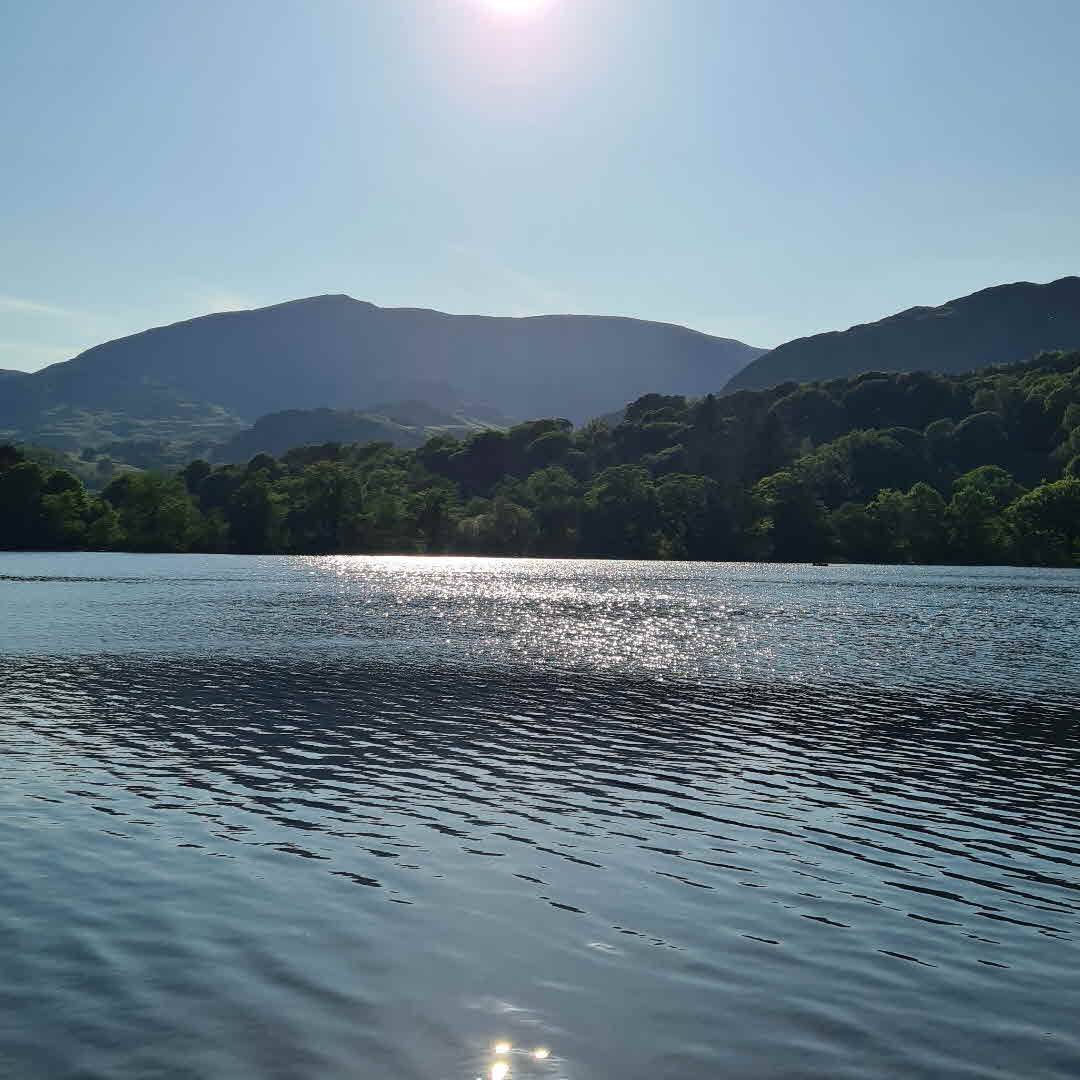
#Naturalitsy #Midsummersolace
Photo challenge - day 5 - Water
I have truly fed my soul this weekend.
Pic - Lake Coniston, Cumbria

#Naturalitsy #Midsummersolace
Photo challenge - day 5 - Water
I have truly fed my soul this weekend.
Pic - Lake Coniston, Cumbria
The rocks beneath a lake will have a huge bearing on the plant and animal life both in and around the water. If you have walked across peat to find the water, you're in an acidic area, and there may be many dragonflies, but plant and animal life on the whole will be restricted. There will also be no crustacean life, because there's no calcium for these animals to build their shells, nor any way they could survive the ravages of acidic water.
Swans feed off the algae, aquatic weeds, and roots they find on lake bottoms, so they will be much more common on the shallower part of a lake.
Shipwrecks were so common along the British coastline in the 1830s that they have spawned their own lingo, much of which survives to this day. Flotsam is the floating parts of a ship or its cargo that has been shipwrecked; jetsam is anything that has been deliberately thrown overboard--i.e. jettisoned; ligan is wreckage lying on the seabed, often marked by a buoy for retrieval; and derelict is cargo lying on the seabed that is unretrievable.
Clouds over surf and coral sand appear unusually light and white, over lagoons they are colored green, over dry reef they have a pink tinge, and over forested land they are darker.
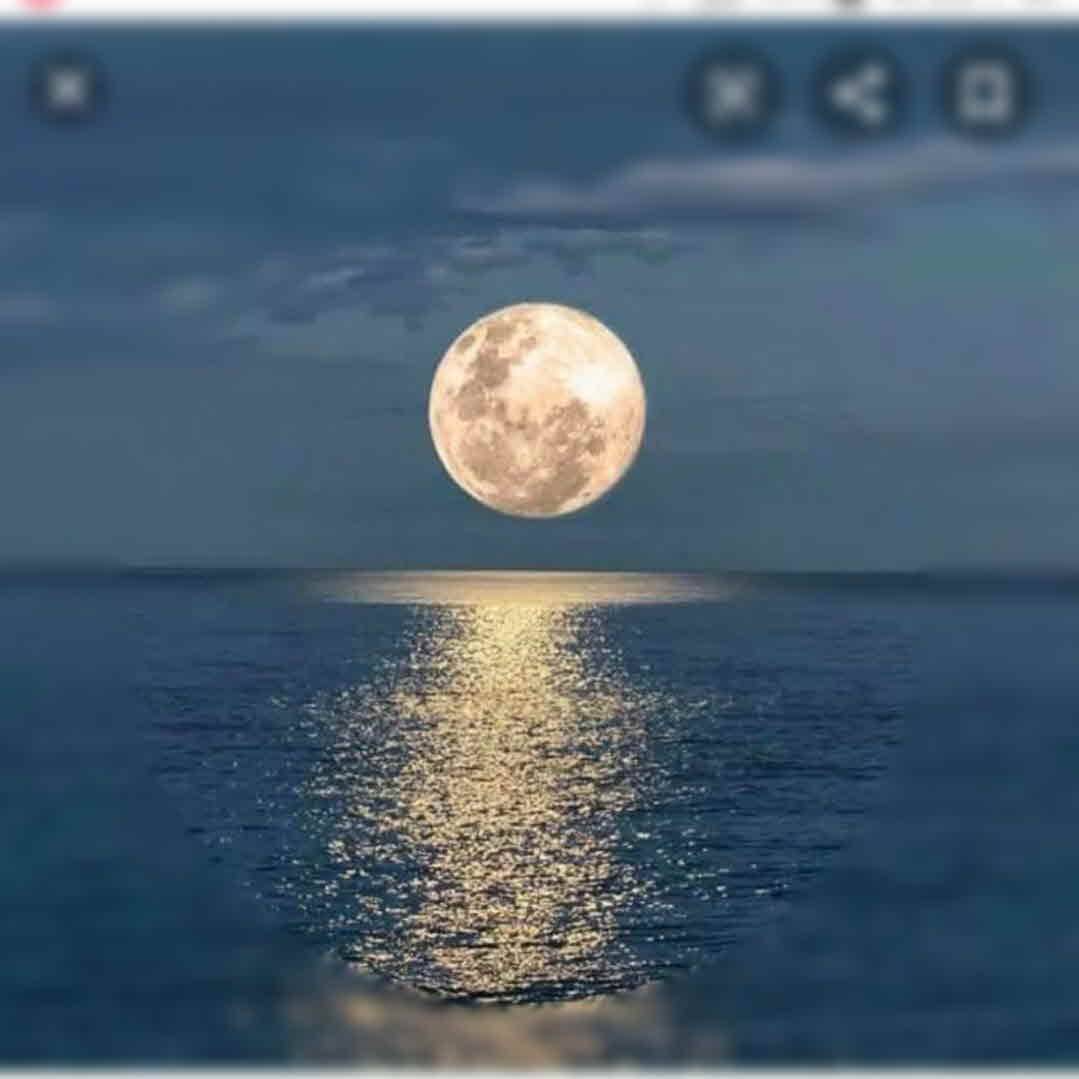
If it's a moonlit night, you can look at the moon's reflections. Watch how the reflected light of the moon forms intricate patterns on the water, similar to the ones under a bridge or on the bottom of a swimming pool. These patterns are known as "moon circles" and can be seen when any bright point of light bounces off water.
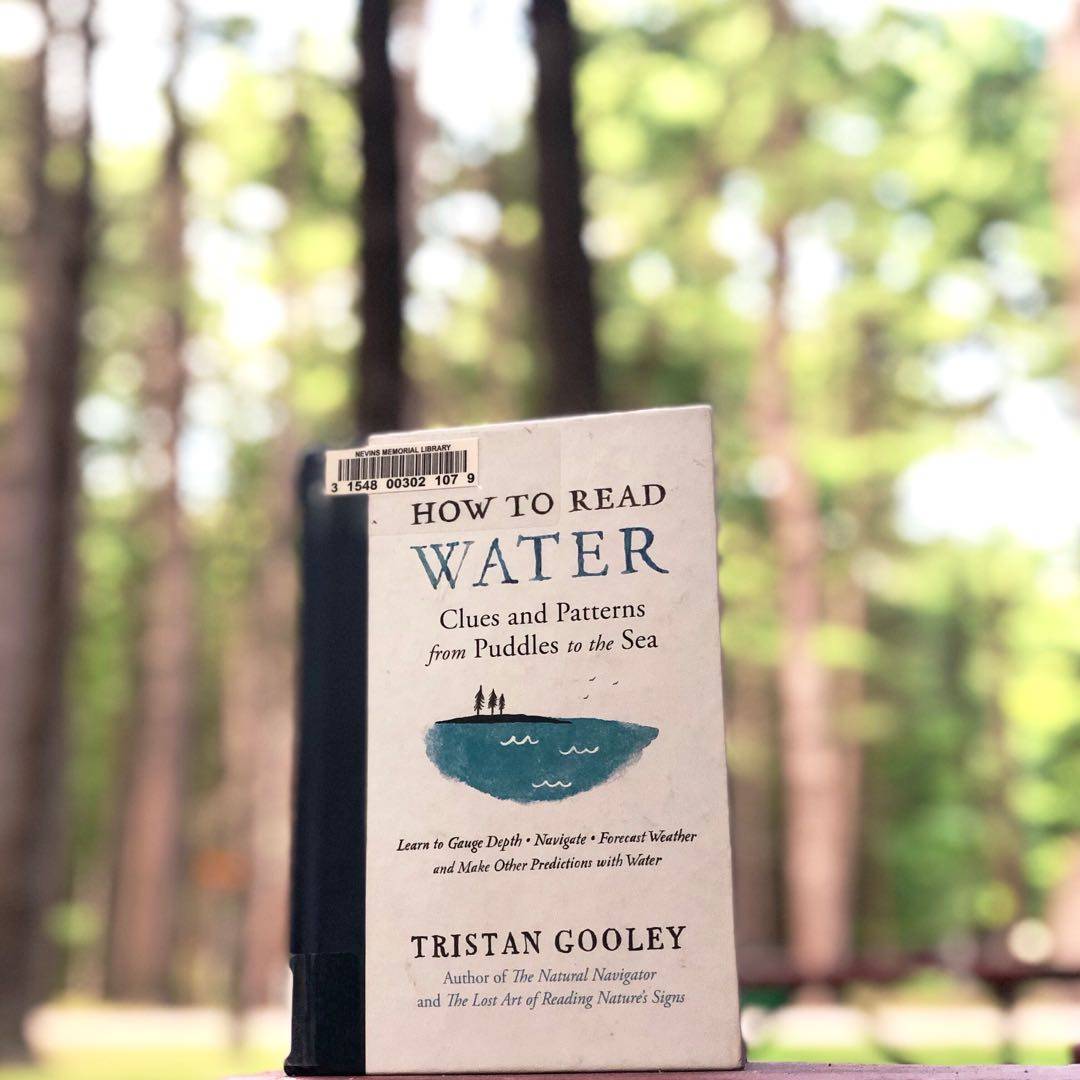
I checked this book out thinking I would just read the chapters pertaining to the ocean because I wanted to learn more about reading waves. 🏄🏼♀️ But after reading the introduction and Gooley‘s compelling case for reading the whole book, I gave it all a go. While I didn‘t get what I hoped for out of the wave chapters (more for sailors than surfers), I learned a lot about other bodies of water I hadn‘t previously found very interesting.

He writes: If there is no human tinkering with a river's flow, then there will be a riffle-pool sequence for every stretch of river that is five times its width. So if you walk one-hundred yards along a river that is ten feet wide, you should expect to spot two riffle-pool combinations.
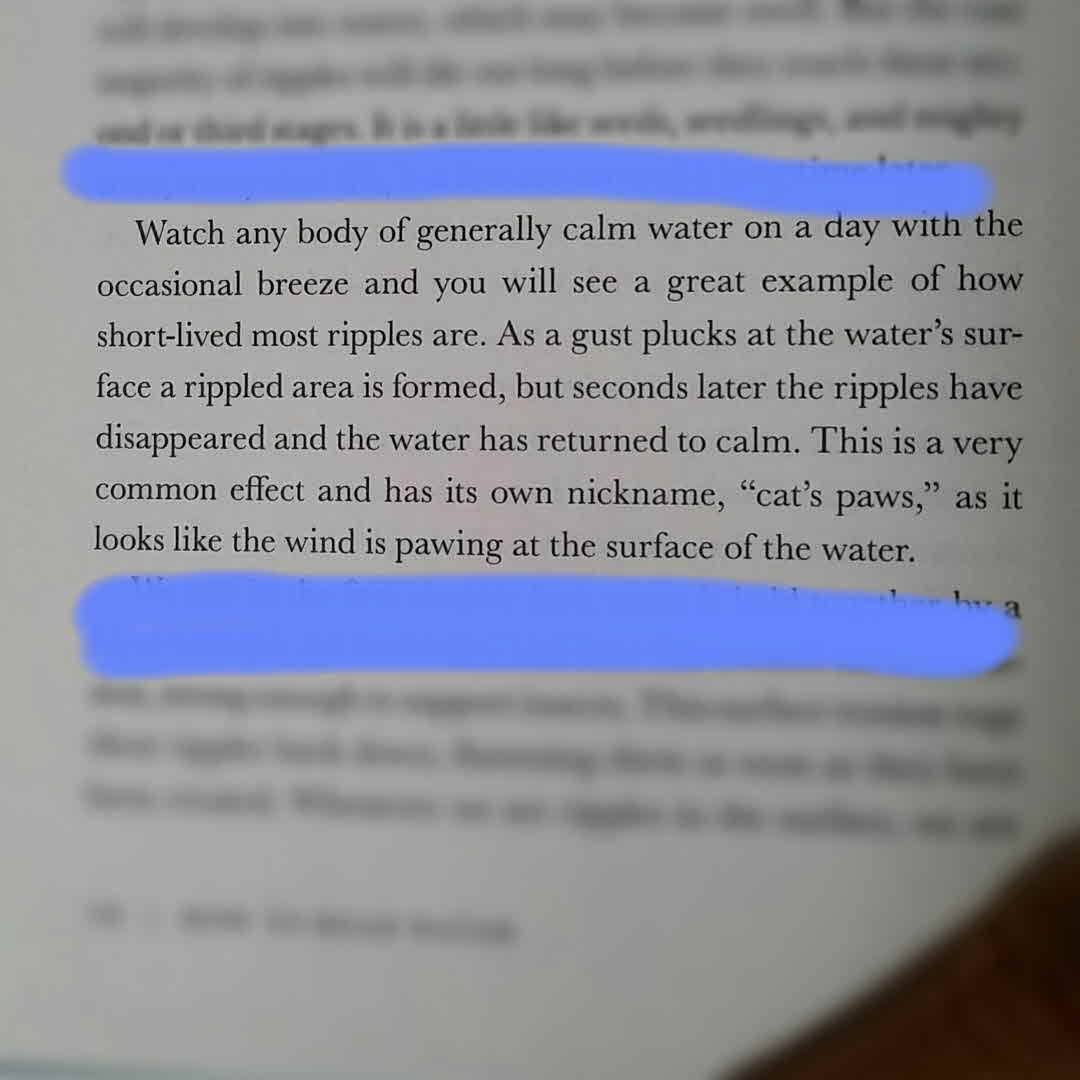

He writes: Since they don't break completely and they hit the steep shoreline, these waves reflect back a lot of energy, and the combination of the steep incoming waves and the powerful reflected waves make these shores dangerous for both swimmers and boats; fortunately they are relatively rare and especially rare as destination beaches.
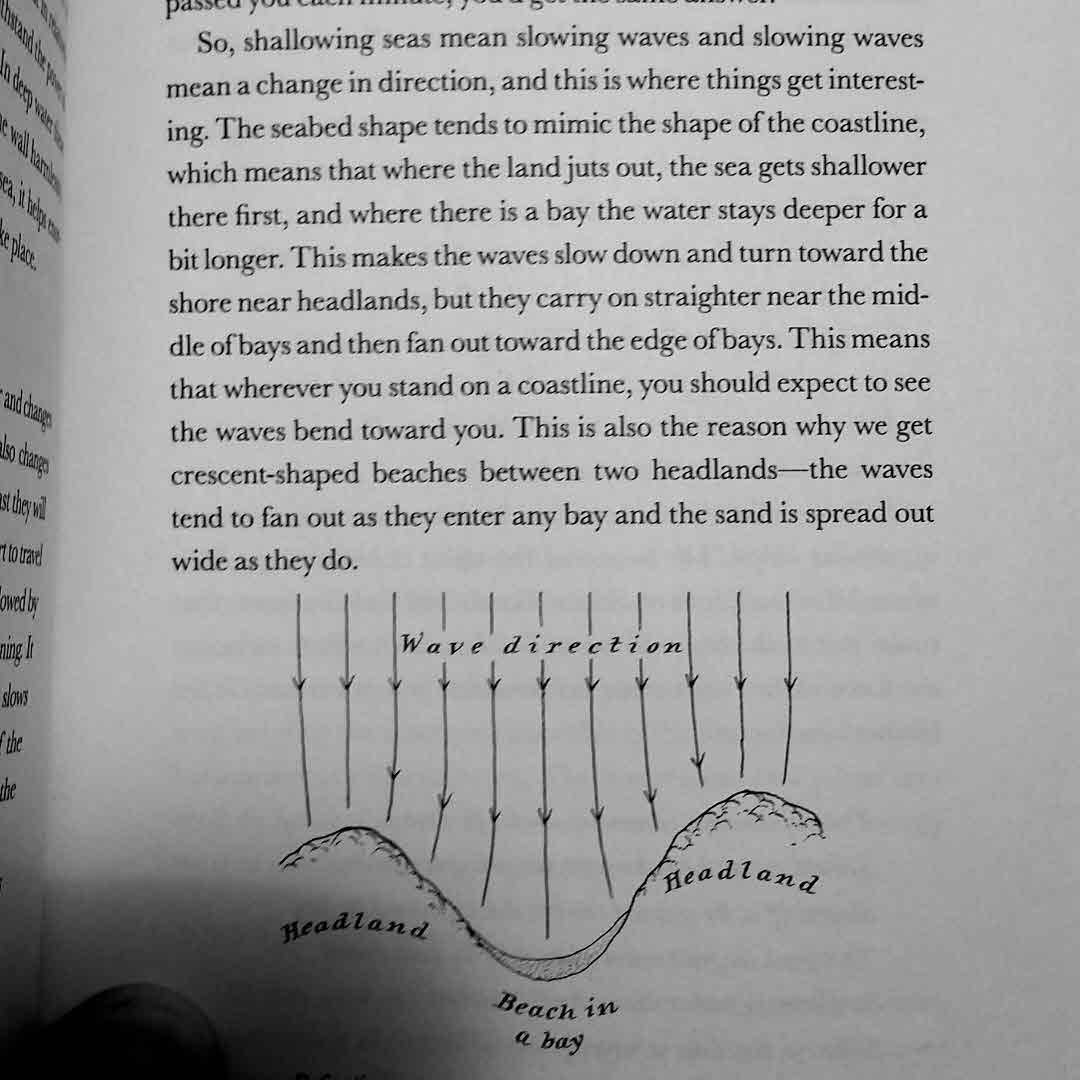
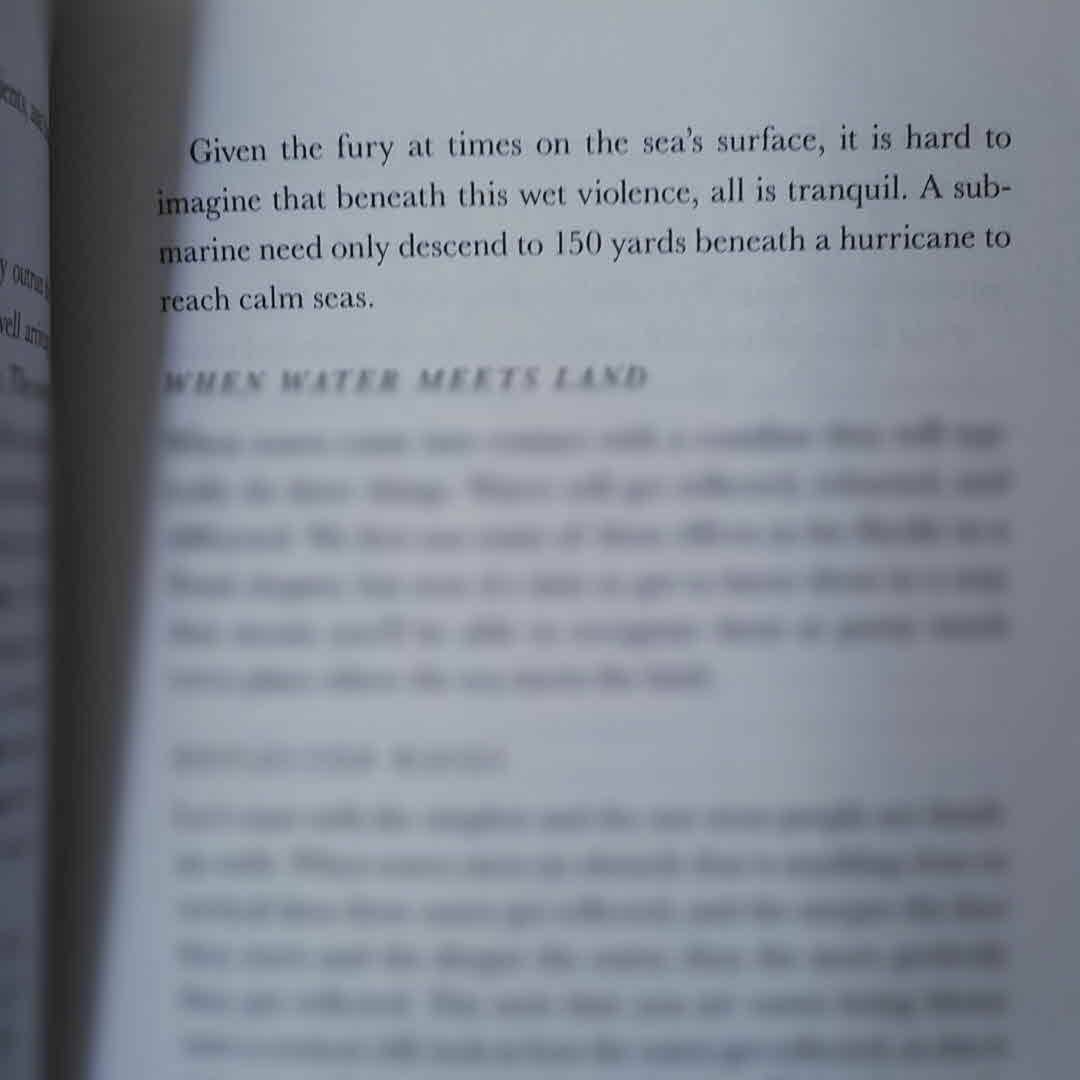
We will notice certain dependable diurnal patterns, like smaller waves at night--there is a saying, "when the sun goes down, the ocean lies down," which stems from the fact that the sun is the driver of the winds. The sun's energy causes air to rise in some areas more than others, especially over land, leading to pressure and temperature gradients, and these are the main cause of our winds.
If you see birds flying fast and low they are more likely heading toward water, but if they are flying from perch to perch among the trees, this is a possible sign that they are full of water and are flying nearer the higher end of their weight range.
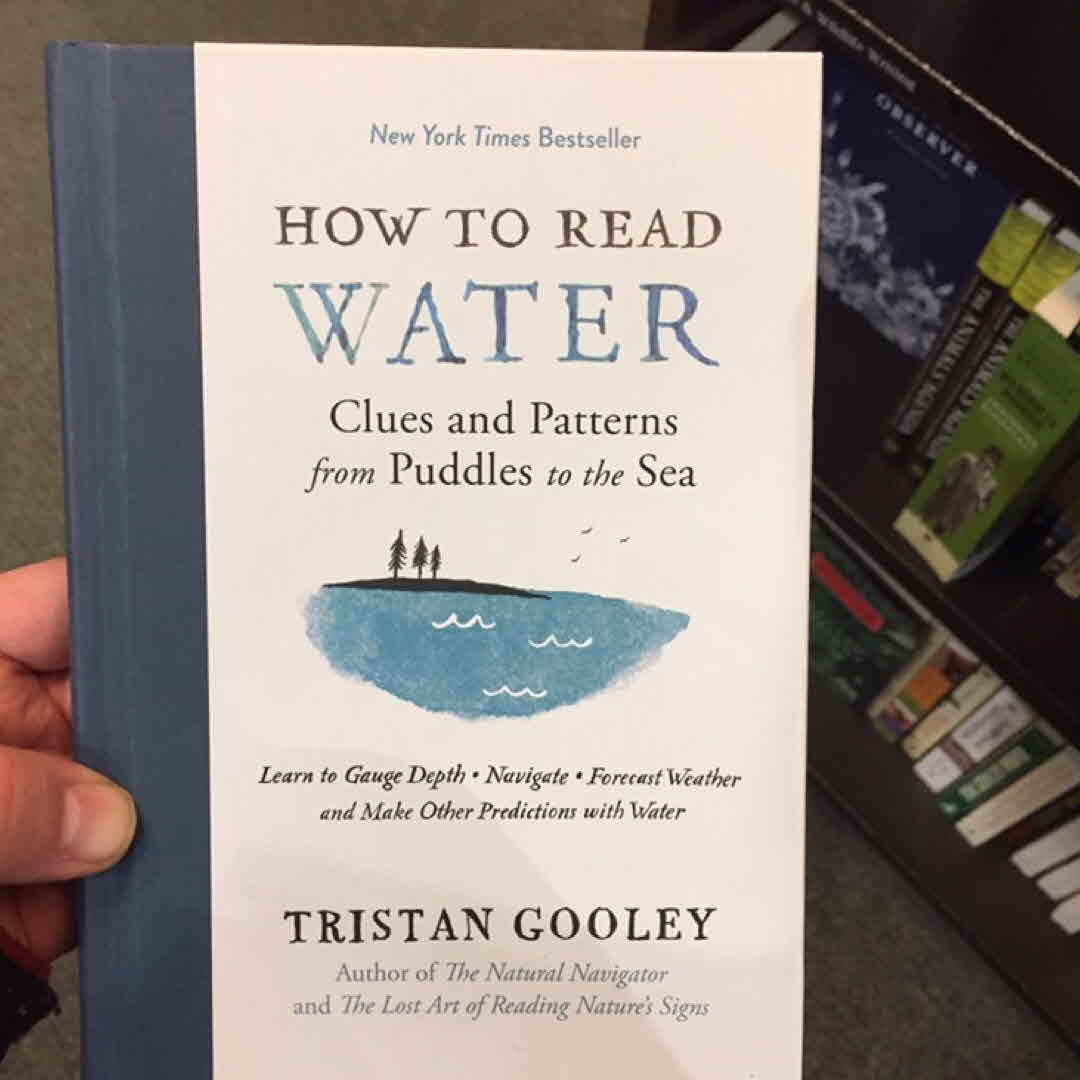
#TBRtemptation post 1! Considered a must-have book for walkers, sailors, swimmers, anglers, landscapers, conservationists, home owners, and everyone who likes water. You'll learn to: interpret ponds like Polynesians; read the sea like a Viking; decode water color; forecast weather from waves; and more! #blameLitsy #blameMrBook 😎
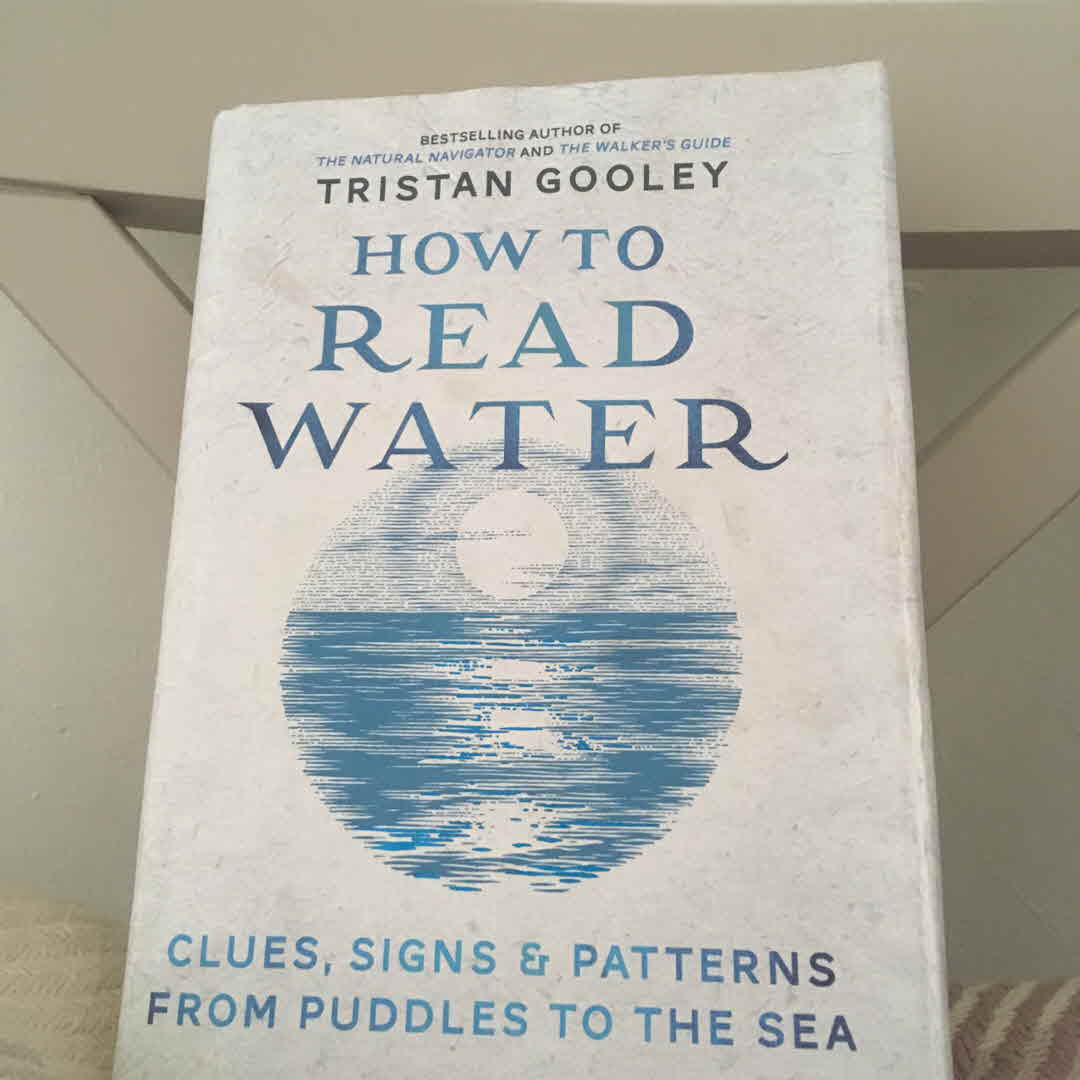

a fascinating mix of practical knowledge and history with a touch of magic recognized by all who are spellbound by water. Highly recommended, especially for sailors, swimmers and wanderers.